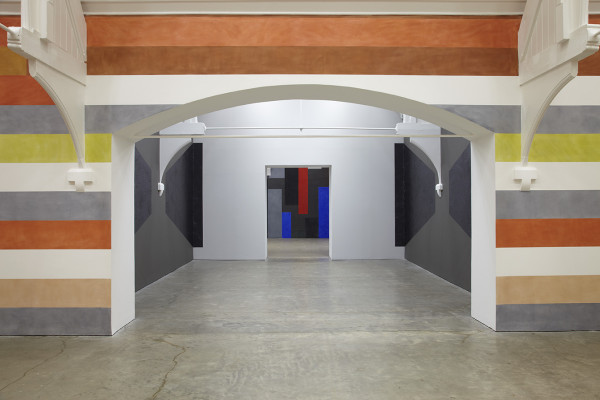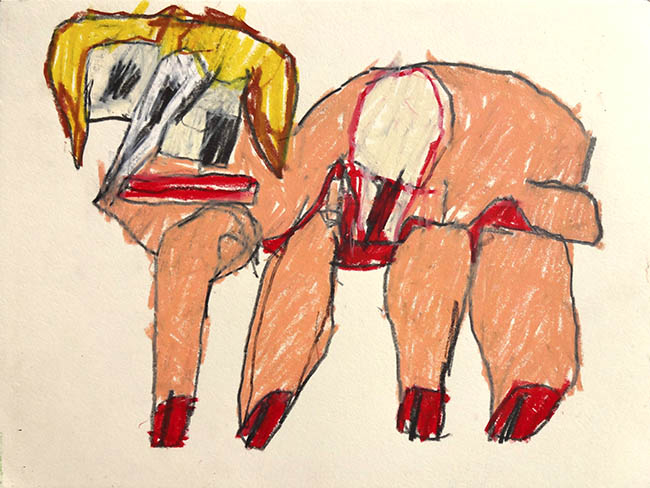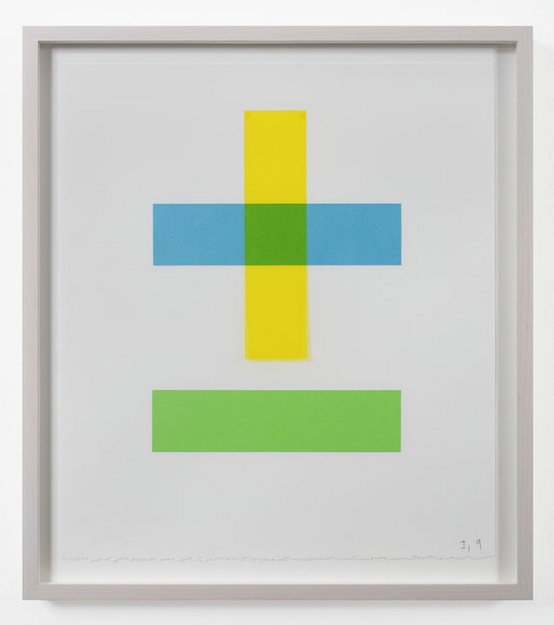THE SCOTTISH COLOURISTS SERIES – JD FERGUSSON
2014-01-06Fergusson was born in Leith, near Edinburgh and was essentially self-taught. He moved to Paris in 1907 where, more than any of his Scottish contemporaries, Fergusson assimilated and developed the latest developments in French painting. In 1913 he met the dance pioneer Margaret Morris (1891-1980), who became his life-long partner. Morris, her technique, pupils and Summer Schools, became the main sources of inspiration for Fergusson’s work, before his death in Glasgow in 1961. More than 100 paintings, sculptures, works on paper and items of archival material, lent from public and private collections throughout the UK, will be on display.
Opposite – Danu, Mother of Gods, 1952
Exhibition runs through to June 15th, 2014
Scottish National Gallery of Modern Art
75 Belford Rd
Edinburgh
EH4 3DR





